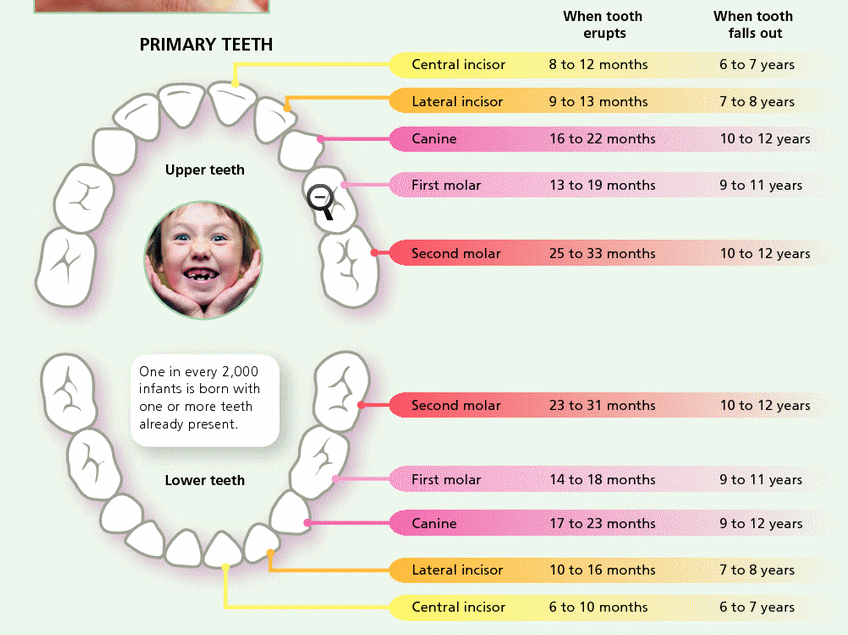"JOURNEY TO A BEAUTIFUL SMILE WITHOUT TRAIN TRACK BRACES"
A good news for the patients who want to straighten their teeth and want to get a perfect smile without wearing braces.Clear aligners and invasilgn is the revolutionary change in the field of fixed orthodontic treatment .
Clear
Aligner is a clear removable cosmetic appliance designed for minor teeth movement of patients 14 and older.
who can undergo treatment with clear aligner
Clear Aligner technology can straighten teeth that are crowded, rotated, tilted forward, backward using exact impressions taken by dentist and custom-made, Clear Aligner are fabricated from the impressions at each and every 6 week treatment interval.
Gentle, smooth and modern - for the correction of malocclusion.
The
correction of the malocclusion with the aesthetic Clear-Aligner-Splints
has become an important part of orthodontic therapy. Especially in the
treatment of adults this therapy concept has been proven in many
clinical cases. It guarantees optimum treatment results combined with
total comfort to the patient.
HOW DO CLEAR ALIGNERS WORK
 The aligners are made with a strong plastic
material that has been fabricated to fit into your mouth. As treatment
progresses you keep on changing aligners after every 1-2 weeks. Each aligner is
a little different, so your teeth move a little more with every change.
The aligners are made with a strong plastic
material that has been fabricated to fit into your mouth. As treatment
progresses you keep on changing aligners after every 1-2 weeks. Each aligner is
a little different, so your teeth move a little more with every change.
Aligners are worn for at least 20 hours
each day, and you'll receive a new aligner every two weeks. The length of your
treatment depends on the severity of your case, and treatment can take anywhere
from six months to two years.
· The aligners are completely transparent, therefore far
more difficult to detect than traditional wire and braces. This makes the
method particularly popular among adults who want to straighten their teeth
without the look of traditional metal braces.
· In addition, the aligners are more comfortable than
braces. Due to the removable nature of the aligners, food can be consumed
without the encumbrance of metallic braces.
· They can be removed for eating and cleaning. Because
patients are able to remove the aligners, there are no restrictions on foods
that could damage the appliances.
· Computerized treatment planning is compulsory as part
of the Invisible aligners protocol. As with other forms of orthodontic
treatments that incorporate a computerized plan, this allows the prospective
patient to review the projected smile design, learn how long the treatment is
likely to take, compare different plans, and make a more educated decision
about whether or not to use Invisible aligners.
Dental problems that can be treated with aligners
Crowding - teeth are too close together
Spacing - gaps between teeth
Overbite - teeth overlap too much vertically
Overjet - front teeth stick out
Underbite - lower teeth stick out/lower jaw too big
Crossbite - upper and lower teeth bite on the wrong side of each other
Openbite - your teeth do not meet when you bite
Misplaced midline - centre lines of upper and lower teeth don't align
You will look your best during treatment.
- Unobtrusive in business meetings or social gathering
- No metal wires or bands to irritate your mouth
- Many people won’t notice you’re wearing aligners
It’s easy to see if you’re a candidate for Clear Aligner Therapy
treatment by talking Dr. Ashish Chopra's Dental Clinic.He's a certified clear aligner practitioner.. Call
our Dental Clinic @ 9810478912 , 9971949803 to get a free initial Clear
Aligner Therapy consultation. Be sure to ask about our free in-office teeth bleaching included with the purchase of Clear
Aligner Therapy treatment.











